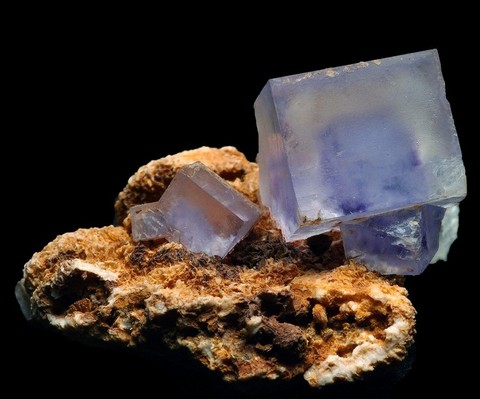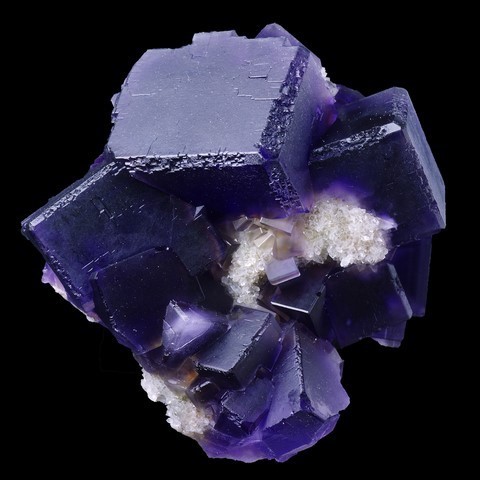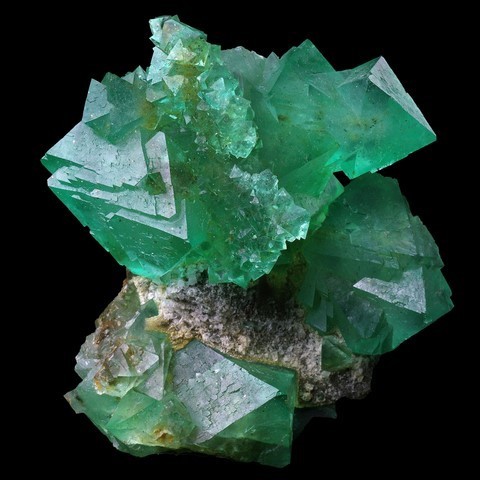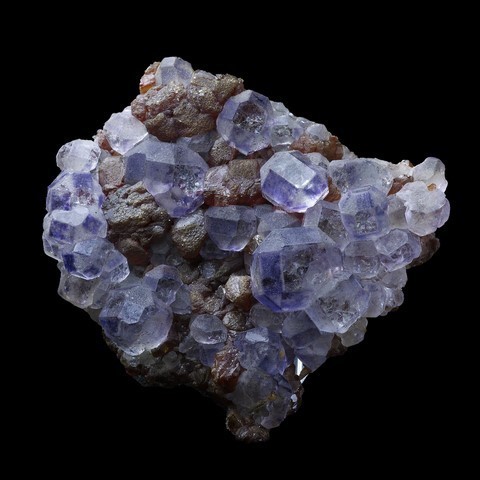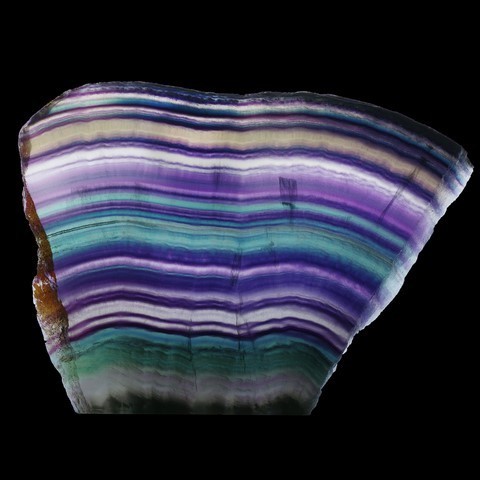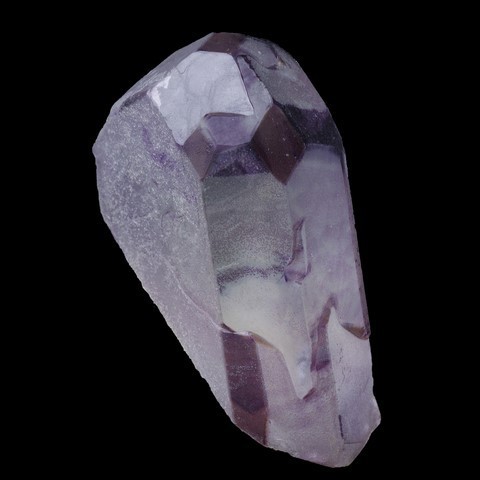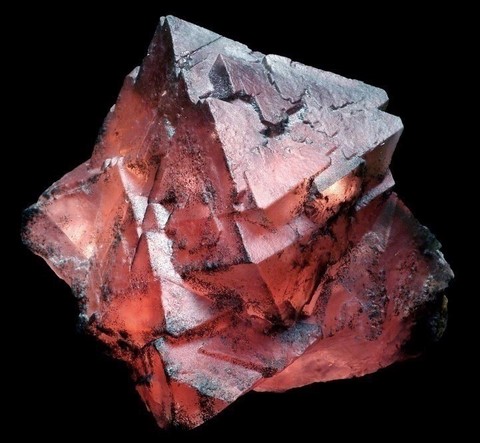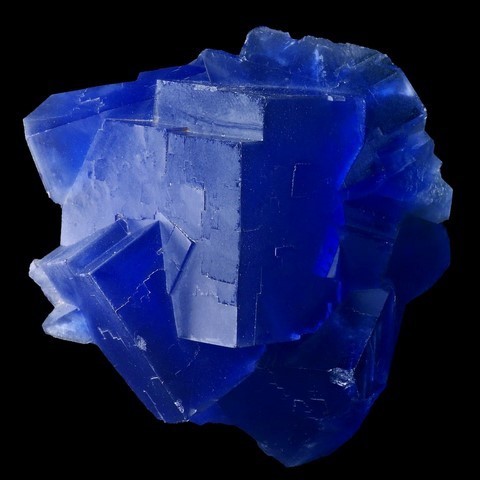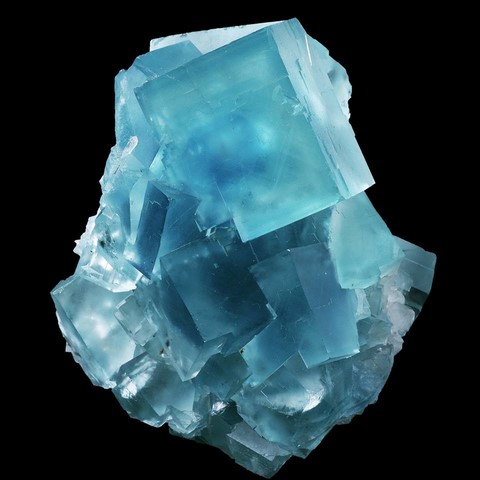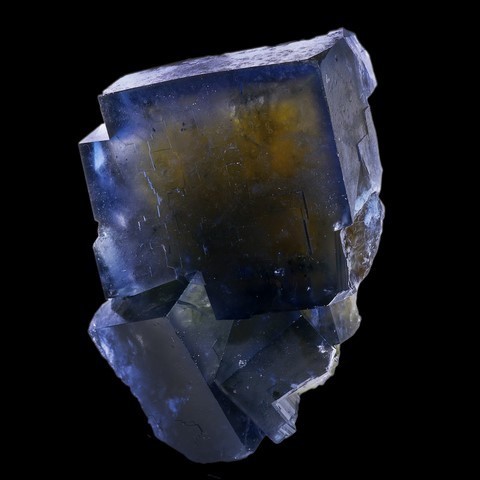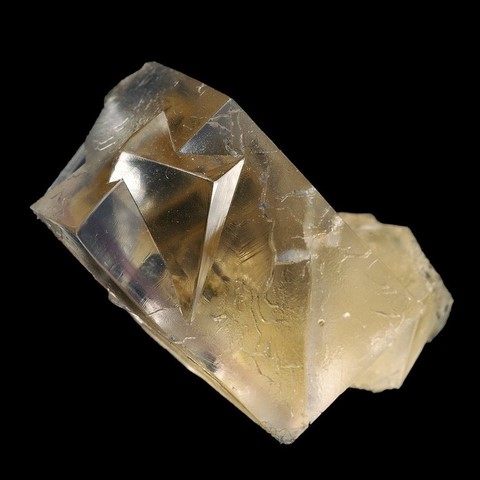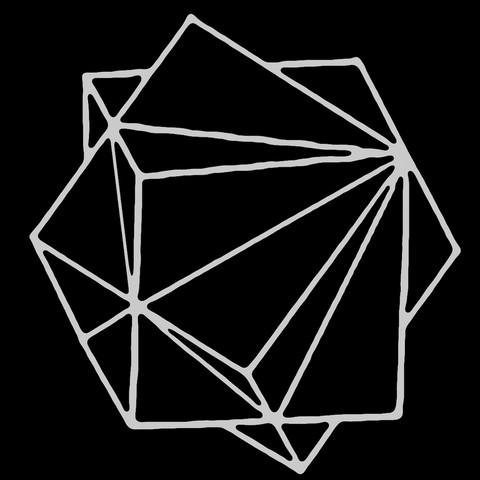FLUORITE
Class : Halides
Subclass : Fluorides
Crystal system : Cubic
Chemistry : CaF2
Rarity : Very common
Fluorite is a mineral usually very appreciated by mineral collectors. Its name comes from the Latin "fluere" (flow) because its melting point is quite low for a mineral and is used as a flux. This is a very common hydrothermal mineral, it is also found in some pegmatites, in the alpine clefts and in fumarolic products. It often takes the form of cubes, cubo-octahedra, octahedra, rarely dodecahedra or hexahedra, it can also be botryoidal. The colors are extremely varied and depend on the nature of the trace elements that substitute punctually calcium atoms. There are colorless fluorite, yellow, green (samarium), blue (yttrium), purple, black antozonite variety) and pink to red for alpine specimens. Several different colors can also coexist in the same crystal, sometimes generating spectacular zonations. It is very often associated with baryte, quartz and various sulfides ( galena, pyrite, etc...). It is a mineral widely exploited across the world, it is used as a flux in metallurgical industry, it is also the primary source of fluorine. It is rarely used in jewelery because of its too low hardness but is still commonly cut.
Fluorite in the World
Fluorite in France
France has extraordinary deposits that have provided some of the best crystals in the world, which the most fabulous blue cubes. It should be noted specimens from Puy-Saint-Gulmier (electric blue) and from Le Beix mine in Puy-de-Dôme, but also from Le Burc or Montroc in Tarn where crystals can exceed 30 cm edge ! Beautiful yellow cubes were also discovered in Chaillac (Indre), in Valzergues (Aveyron) or in Piboul (Lozère). Finally, we must emphasize the pink to red octahedral fluorite often located at the top of smoky quartz in alpine slots in the Mont-Blanc Massif (photo in margin), the latter may exceed 10 cm edge !
Twinning
Fluorite has a fairly typical twin that combines two individual crystals interpenetrating ideally with 18 inside corners (photo in largin). It also calls fluorite twin law. This form is abundantly found on the Weardale English deposits where almost all the crystals are twinned.
We can also note one second twin much less common for fluorine and harder to see : the spinel twin law. It is characterized by a relatively flat crystals. It occurs in Naica deposits, Peru and sometimes on pakistani pink fluorites.
Frenkel defect :

The "Frenkel defect" is the name usually given by mineral collectors to a special coloring that follows the direction of a large diagonal of a fluorite cube (green on the left photo of the sample that comes from the La Barre Mine in Puy-de-Dôme, France), whose most spectacular observation is perpendicular to one side of the cube.
In order to have more informations about this relatively rare color area we invite you to read our article on the subject here :
Frenkel defect of fluorites - Tribulations
Fakes and treatments
Fakes around fluorite most often result from assemblages featuring Pakistani pink fluorite. These fluorines being naturally and abundantly associated with muscovites of centimeter size, it is not uncommon for fragments of octahedra to be literally stuck on pieces of matrices. Pakistanis often use muscovites to mask the broken parts of the crystal fragment. The renderings are very realistic, without careful observation these montages can easily go unnoticed...
Fluorines are also often treated, among the most common treatments we note oiling in order to improve their visual appearance and hide small impacts and cleavages. This treatment is applied to many fluorites, whether French or international, but it is reversible. It is possible to remove grease by means of an acetone bath, then water and dishwashing liquid. However, it is necessary to check beforehand that the sample does not show any repair (re-gluing), because the adhesives are most often soluble in acetone.
Much rarer, with the exception of Chinese fluorites, irradiation is a treatment that considerably changes the color of certain very pale fluorites to the most intense greens and blues.
Some major collector's items may also feature restorations : edge and vertex reconstruction or elimination of cleavage planes. Since these restoration processes are complex, expensive and time-consuming to perform, they are currently rare.
Hardness : 4
Density : 3,18
Fracture : Irregular to sub-conchoidale
Trace : White
TP : Transparent to translucent
RI : 1,433 to 1,435
Birefringence : 0
Optical character : None
Pleochroism : None
Fluorescence : Really common
Solubility : Hydrochloric acid, decomposes in sulfuric acid
Magnetism : None
Radioactivity : None

